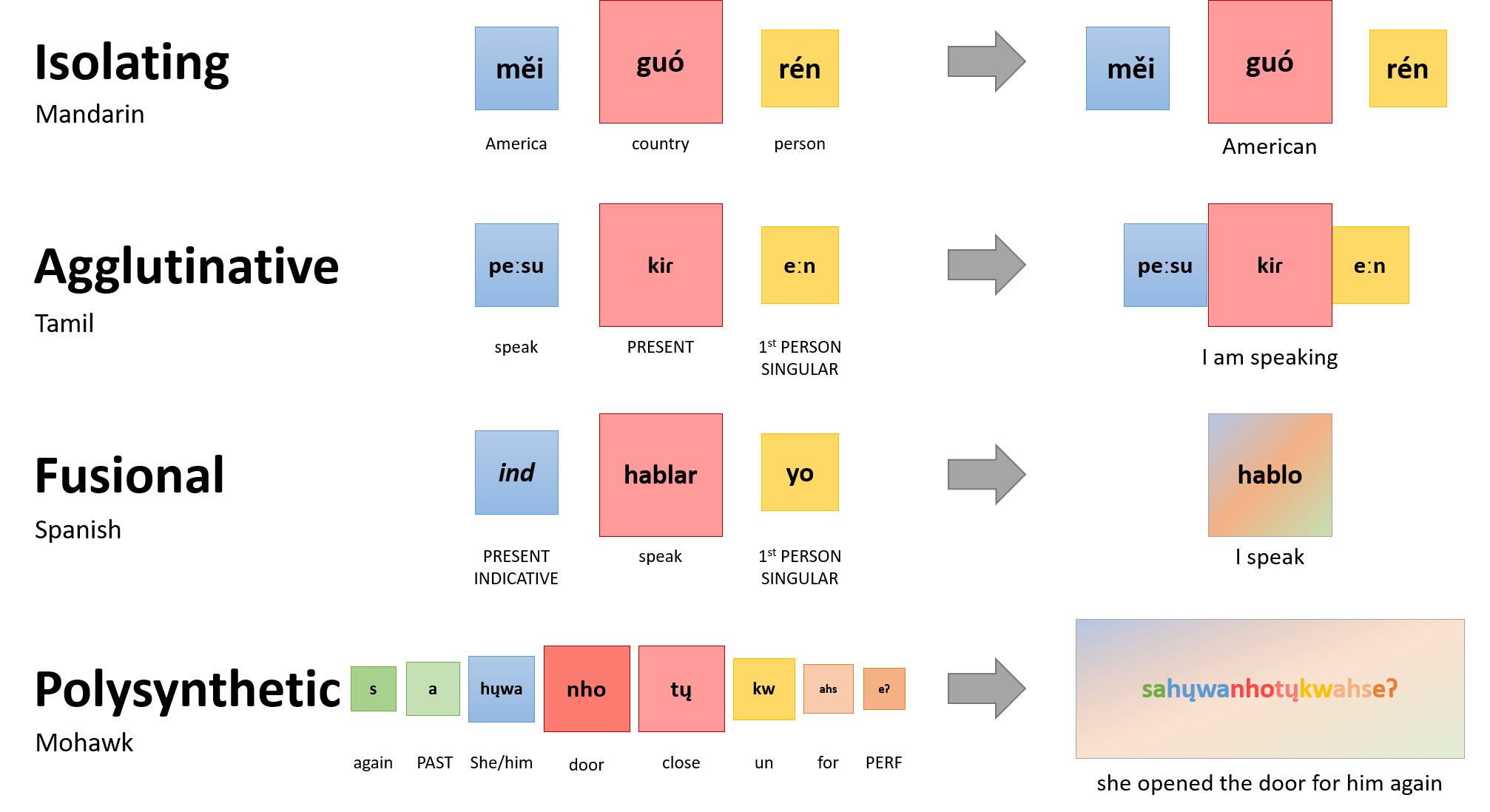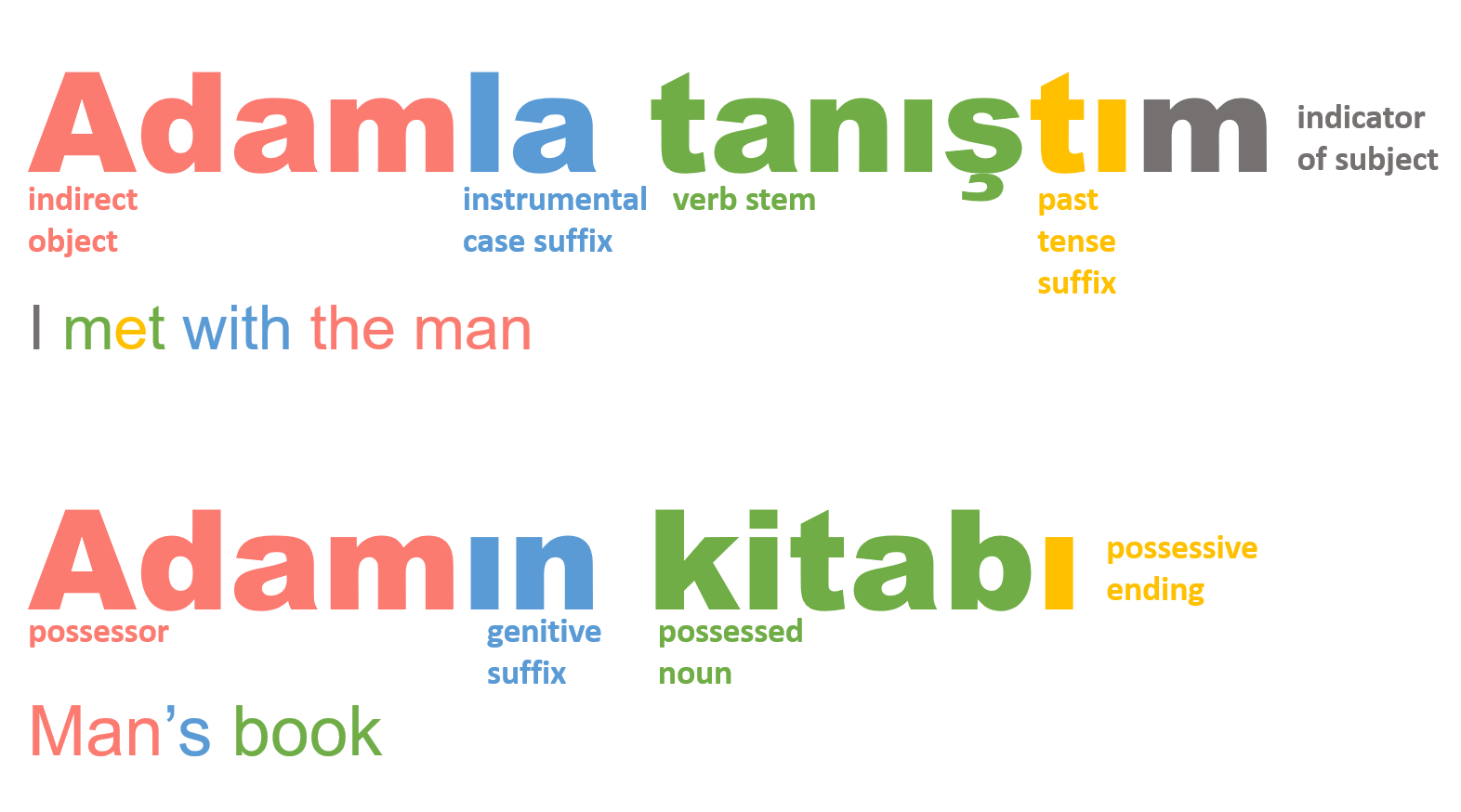Even the 'best' teaching materials strike as rather boring.
This is from the British Council:
Robot teachers
Robot teachers | LearnEnglish
It looks at what it obviously feels is a 'current' topic that students would be keen to look at.
BUT:
The format is so predictable.
First there is feeding in vocab which the students can't possibly know or work out or look up for themselves. Especially when the words are ripped out of context and presented as yet another meaningless list.
Then there is the text which is so full of assumptions and bad thinking - for example that "Teachers waste a lot of time doing non-teaching work, including more than 11
hours a week marking homework." Yes, 'teaching' is more than marking homework, but 'teaching' clearly involves giving feedback - and, anyway, there are other ways to 'mark homework' - such as getting the students to put it through an AI machine themselves...
Then there are the irritating True/False questions - which is supposed to be about 'comprehension', ie, what does the text/author actually say? But couldn't we also see these as points for discussion: why not start with these and then consider what the text/author thinks? So often these silly questions seem to be more about deliberately confusing the poor reader.
Then there are more of the sort of 'questions' which a robot could easily mark - as there will be a list of correct answers somewhere. But again, where's the nuance, the discussion, the playfulness? Yes, we need to know exactly what it says in the text - we need to stop being so lazy ourselves when 'skimming' a text. But it's all so dry!
Finally, we have the exciting 'open for debate' question which allows the students some free rein. But, again, why not put this at the beginning or have the question there throughout?
So, yes, this is lesson plan provides a framework of sorts - but we can turn it upside down and inside out - just to make it a bit more interesting for both students and teachers.
And just maybe the students can teach the teachers something - and can give their own verdict of how good the lesson plan, the text, the author's views, etc were...
There are plenty of others thinking the same thing out there:
Why do most teachers make learning so boring? : r/TrueOffMyChest
We found that students adopt a variety of strategies to cope with boring lectures. The most popular are daydreaming (75% of students admitted doing this), doodling (66%), chatting to friends (50%), sending texts (45%), and passing notes to friends (38%).Why do 60% of students find their lectures boring? | Sandi Mann | The Guardian
For two weeks in third grade, I preached the gospel of the wild boar. My teacher, the sprightly Mrs. DeWilde, assigned my class an open-ended research project: Create a five-minute presentation about any exotic animal. I devoted my free time before bedtime to capturing the wonders of the Sus scrofa in a 20-minute sermon. I filled a poster as big as my 9-year-old self with photographs, facts, and charts, complete with a fold-out diagram of the snout. During my presentation, I shared my five-stanza rhyming poem about the swine’s life cycle, painted the species’ desert and taiga habitats in florid detail, and made uncanny snorting impressions. I attacked each new project that year — a sketch of the water cycle, a history of the Powhatan — with the same evangelism.Flash forward to the fall of my senior year in high school, and my near-daily lunchtime routine: hunched over at a booth in Wendy’s, chocolate Frosty in my right hand, copying calculus worksheets from Jimmy and Spanish homework from Chris with my left while they copied my notes on Medea or Jane Eyre. Come class, I spent more time playing Snake on my graphing calculator than reviewing integrals, more time daydreaming than conjugating verbs.
What happened in those nine years? Many things. But mainly, like the majority of my fellow Americans, I fell victim to the epidemic of classroom boredom. A 2013 Gallup poll of 500,000 students in grades five through 12 found that nearly eight in 10 elementary students were “engaged” with school, that is, attentive, inquisitive, and generally optimistic. By high school, the number dropped to four in 10...
Bored Out of Their Minds | Harvard Graduate School of Education
And it's happening in the EFL classroom:
Frontiers | The Effects of Boredom on EFL Learners' Engagement
Boring TEFL Lessons & Bored EFL Students • ICAL TEFL
Why Are So Many EFL Textbooks So Bland, Boring, and Culturally Tone Deaf?
English Language Teaching Now and How It Could Be - Cambridge Scholars Publishing
And the alternatives? Here's somebody really inspiring:
Most recently I have discovered mobile learning. I think it is especially promising when it recognises mobile devices as personal to the user (personalisation of features and use), as forming an integral part of the ways in which the user communicates (through call function and SMS but more importantly perhaps by giving the user access to social networks) and as a means to capture life as it happens. Pegrum nicely summarises the benefits of using mobile devices for language learning:
"[L]earners shift between contexts that feed directly into their unfolding learning. […] In the classroom or the schoolyard, as well as on excursions and outings, mobile devices support situated learning, as students receive or seek information from online sources, peers and mentors to inform their interactions with their contexts, and as they use their devise to make and share multimedia records of their contextualised learning experiences." (Pegrum, 2014: 19)
My newest discovery in this context is a book called The Mobile Story: Narrative Practices with Locative Technologies (Farman ed., 2014). It is a collection of essays aimed at making the reader reimagine the potential of the mobile phone as quintessentially a tool that we can use to tell our stories in ever new, personal, situated and creative ways. So far I have read one about dancers using Twitter to communicate ideas for dance improvisations remotely to each other. Their Tweets become embodied, situated and transformed into a new text code and improvisation continues across time and space. How fascinating!
A Principled Rejection of the Coursebook | Alex Collins on ELT Materials





